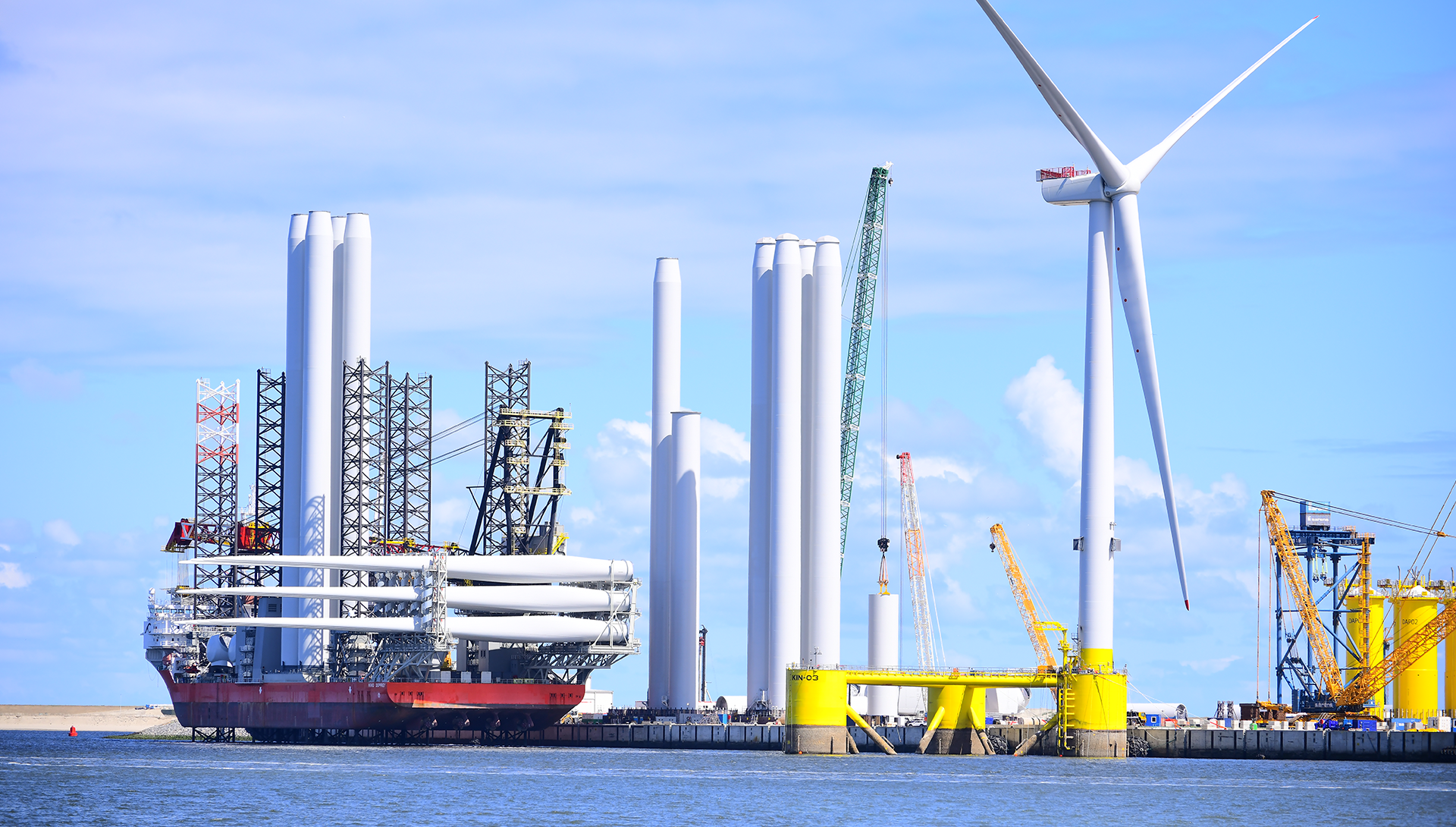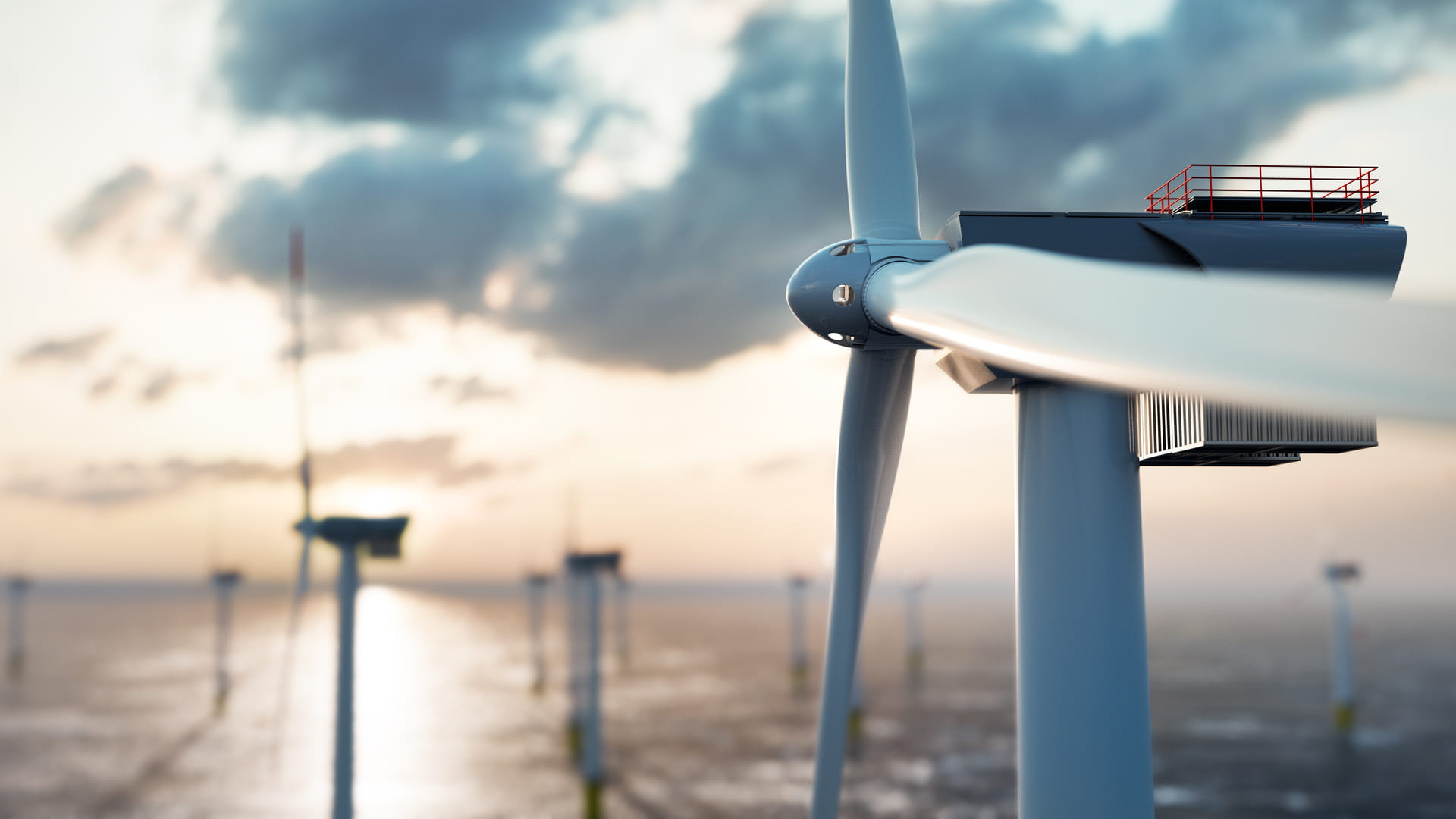Australia’s offshore wind potential: A path to a sustainable future

As Australia aims to add 32 GW of renewable energy by 2030, the focus on offshore wind energy is gaining significant momentum. A sprawling coastline and abundant wind resources position Australia as a key country for tapping into the potential of offshore wind.
The global shift towards offshore wind
The global offshore wind sector has experienced rapid growth in recent years, driven by technological advancements and cost reductions, as well as a push towards more sustainable, large-scale energy generation.
Building offshore wind farms offers several advantages over onshore installations. Offshore wind farms can be scaled more efficiently, generating more energy from fewer installations. And they benefit from more reliable and consistent wind speeds, leading to increased cost competitiveness in the global energy market.
While Europe has historically led the offshore wind market, the Asia-Pacific (APAC) region has been making significant steps in adopting offshore wind technologies and developing supply chains. Now, Australia has the perfect opportunity to join other APAC countries such as Japan, the Philippines, South Korea, Taiwan, and Vietnam in this pursuit.
The potential for offshore wind in Australia
The state government in Victoria has set ambitious targets of reaching 2 GW of offshore wind capacity by 2032, 4 GW by 2035 and 9 GW by 2040. The area off the coast of Gippsland in Victoria was the first to be declared suitable for offshore wind projects in December 2022, with 25 GW of potential power generation.
This was followed by the Pacific Ocean off the Hunter Region of New South Wales in July 2023, which has the potential to generate 5.2 GW of power. And the Southern Ocean region off Victoria, which was announced as a potential location in March 2024, with 2.9 GW of possible power generation. Three more zones have been proposed as an offshore wind area, including Illawarra in New South Wales (4.2 GW), the Bass Strait in Northern Tasmania (28 GW), and the Indian Ocean off the Bunbury region, Western Australia (20 GW).
If all of Australia’s currently proposed offshore wind farms are built, they would collectively be capable of producing more energy than the country’s remaining coal-fired power stations combined. And there are substantial economic benefits, too. These projects would see the creation of 8,000 new jobs each year for Australian workers from 2030 onwards.
The role of Australian ports in Offshore Wind Development
Ports will play a crucial role in supporting Australia’s offshore wind development by serving as hubs for logistics, supply chains, and infrastructure. As the demand for offshore wind projects grows, port capacities will need to expand to accommodate the scale and number of turbines required for industrial deployment.
This means Australian ports have a great opportunity to capitalise on the offshore wind market, diversify revenue streams, and contribute to a more sustainable energy future. By investing in port infrastructure and facilities to support offshore wind projects, ports can position themselves as key players in the energy transition.
However, adapting ports to match the requirements for offshore wind is never straightforward. There are specific requirements needed to support the dimensions of wind turbines, economic assessments to be carried out, as well as infrastructure design and installation to consider.
That’s why expert consultancy and a data-driven approach are vital for ports that want to explore this new opportunity.
Partner with Royal HaskoningDHV
Royal HaskoningDHV, with its expertise in environmental, technical and engineering solutions, is perfectly positioned to help navigate the complexities of offshore wind development. From strategic planning to economic analysis, our consultants can assist in identifying opportunities, optimising infrastructure, and creating successful offshore wind projects.
Whether you require baseline surveys, environmental impact assessments, wind port consultancy services, or assistance with getting consent for projects, our expert consultants are always on hand to help.
See how your port can become a vital player in Australia's offshore wind market – and contribute to a sustainable tomorrow.
Webinar recording: Transforming your port into a wind port
We recently held a webinar discussing trends in the offshore wind market in the APAC region, what ports can do to meet demand and capitalise on the opportunity, and how to build a robust business case for offshore wind developments.
Watch our on-demand Offshore Wind Ports webinar to hear expert discussion of all of these topics.

Related content

DavidPerbey
Business Development Director for Australia and Pacific


